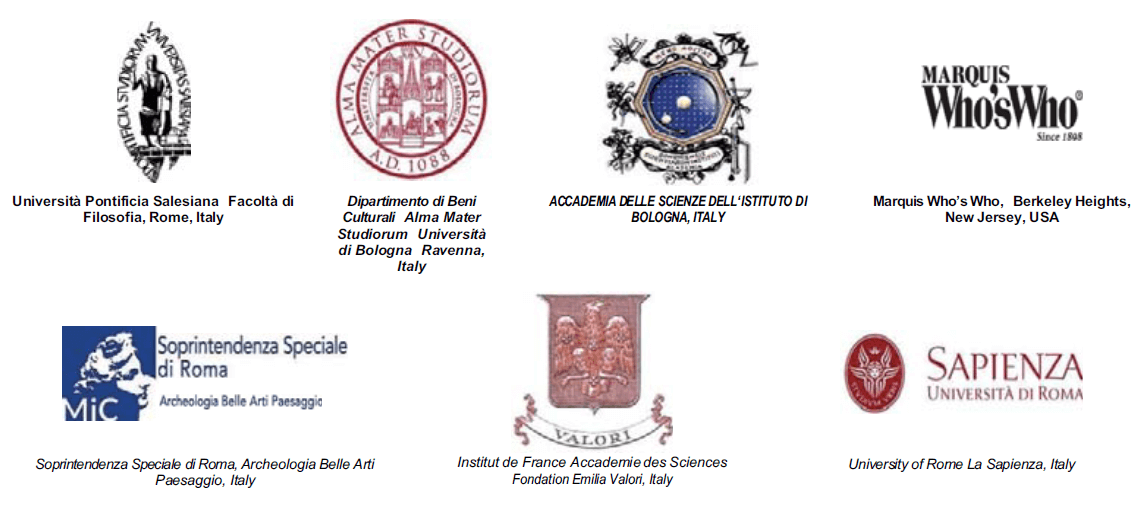Heritage Values in the Rehabilitation of Gobbe-Sabz, Iran
DOI:
https://doi.org/10.6092/issn.1973-9494/9228Keywords:
Gobbe-Sabz, heritage values, rehabilitation, Brandi's theory, creative processAbstract
Gobbe-Sabz (Green Cupola) is one of the most important and prominent buildings in Kerman, Iran, dating back to the Qara-khitai dynasty (1222–1306 AD). It was a huge complex of buildings that was almost totally destroyed in an earthquake. Every building during its lifecycle from creation to deterioration acquires values that are important in making any decision about restoration. Brandi’s theory of restoration considers ruins as a work of art, claiming that they are the result of a unique, creative process. He asserts it is necessary to have a creative process for restoration to reclaim its significance in the human consciousness. Although there remains only a small part of Gobbe-Sabz, many remarkable heritage values have been added over time that could be helpful in the creative process for its conservation. The present situation of Gobbe-Sabz precludes rebuilding it as active and complete architecture, determining the process of rehabilitating its original condition. Moreover, some heritage values and meanings have been added to it across the years which are a collection of ideas and concepts that can be useful in deciding the conservation process. In this regard, this research proposes conservation strategies and a conceptual framework for the rehabilitation of the historic ruins based on their current situation.
Downloads
Published
How to Cite
Issue
Section
License
Copyright (c) 2018 Mohsen Mohammadi, Mohammad Mohammadi, Kazem Mondegari
Copyrights and publishing rights of all the texts on this journal belong to the respective authors without restrictions. Authors grant the journal right of first publication.
This journal is licensed under a Creative Commons Attribution 4.0 International License (full legal code).
See also our Open Access Policy.






